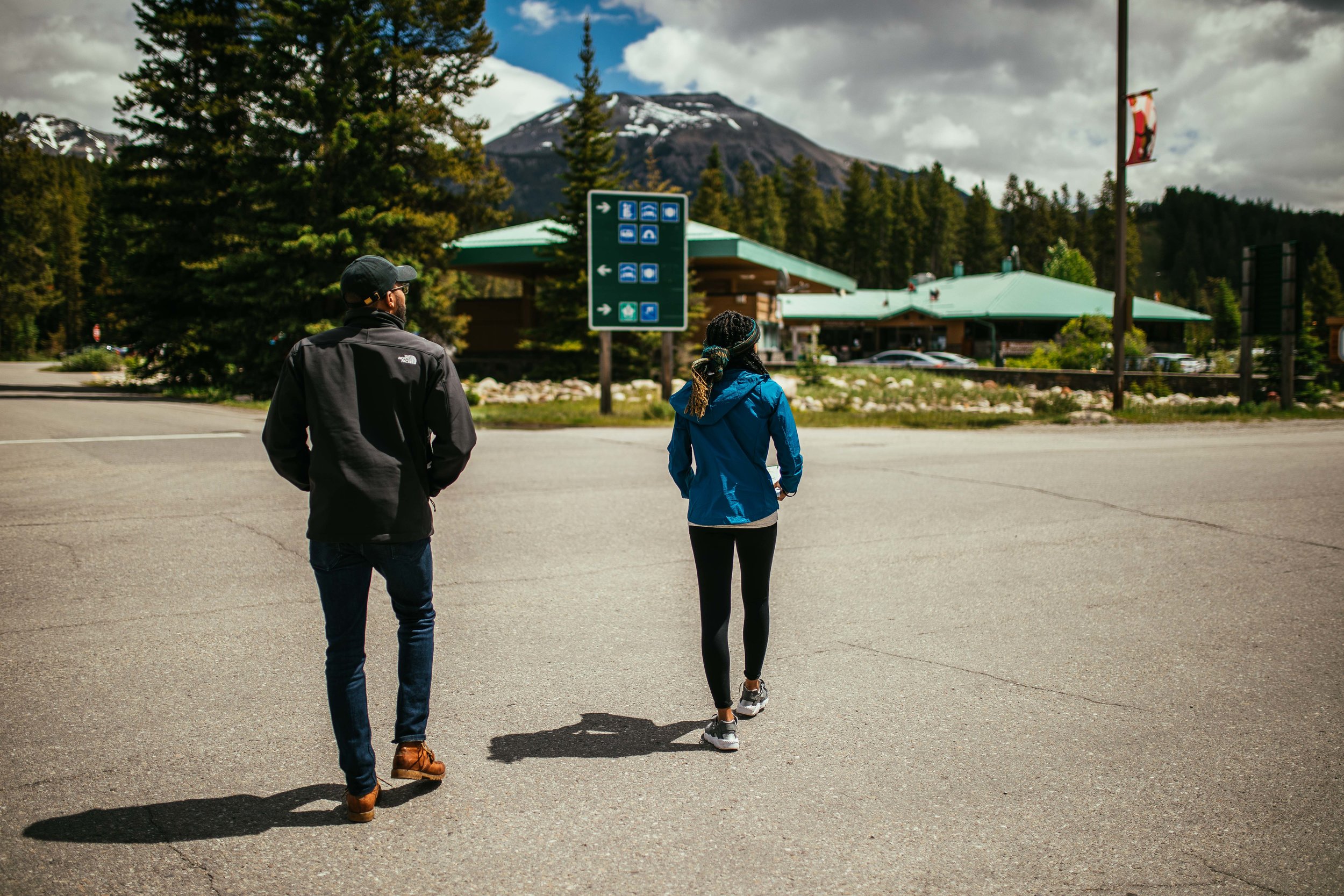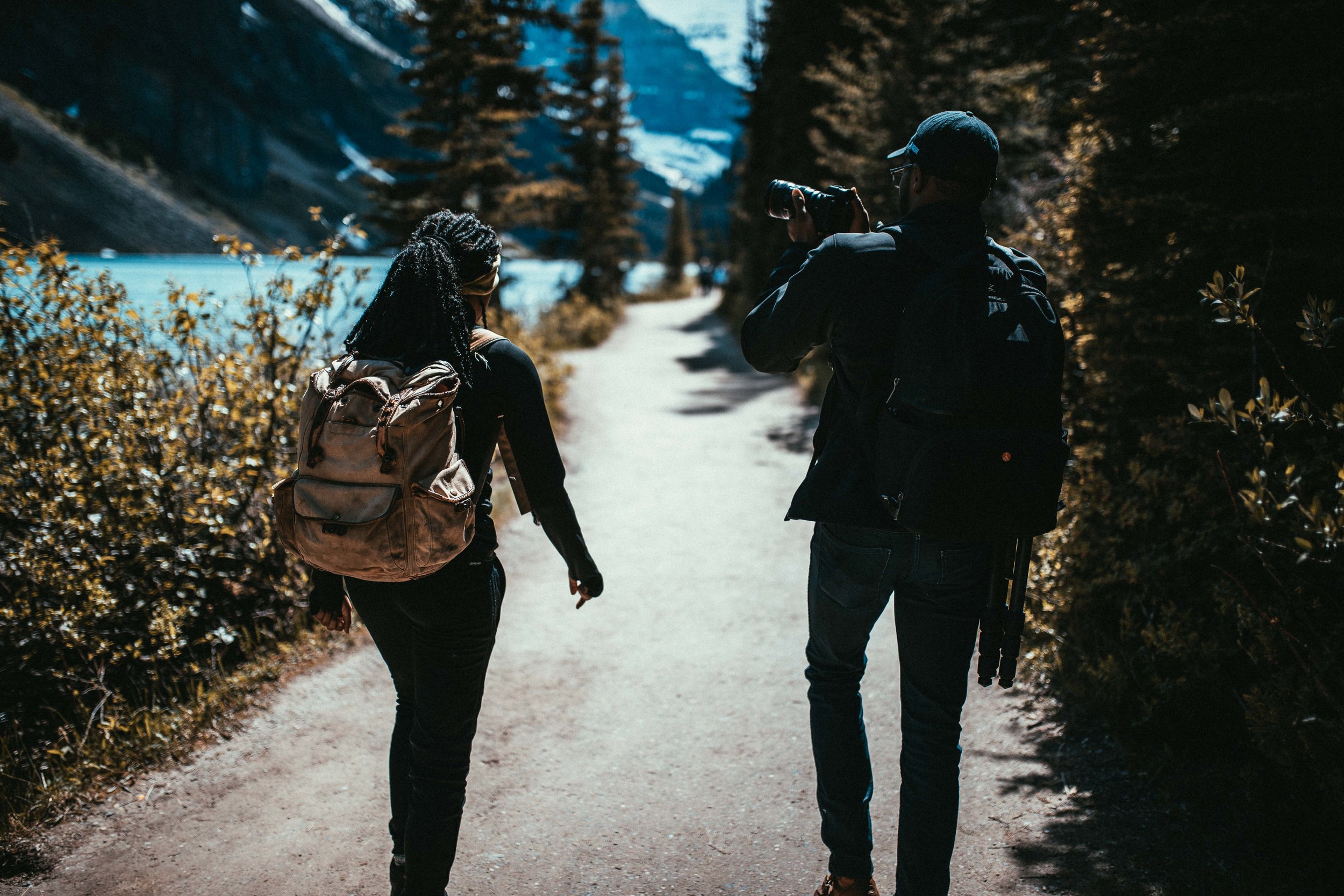The urge to create more nature-related content began setting in shortly after our return from Belize. I was still handling post-production expenses for the Belize project, so I knew whatever came next would have to be fairly inexpensive.
It wouldn’t be long before I discovered Banff National Park— a cost-effective destination with a unique geo-driven story.
Banff was established in 1885 and was Canada’s first national park. Known for its beautiful mountainous backdrop, Banff encompasses various natural features like glaciers, ice fields, and old-growth forests.
Athabasca Glacier
It’s one of Banff’s most beautiful natural wonders, and it’s the most visited glacier on the North American continent.
Unfortunately, Athabasca Glacier is disappearing at an alarming rate—receding at about 16 feet per year because of climate change. It’s lost almost half of its volume in the past 125 years, and soon this glacier will no longer be here for us to visit.
Tourism won’t be the only area affected by this occurrence.
Climate change is causing rapid glacial melt around the world.
Melting glaciers contribute to sea-level rise, which increases coastal erosion and worsens storm surge. Melting glaciers also amplify overall warming, as there is less ice coverage to reflect heat from the sun. When there is less ice on Earth, our oceans absorb more heat, resulting in more intense tropical storms and hurricanes. Research even suggests that a warming Arctic destabilizes the jet stream, leading to more extreme winter weather events in certain parts of the world.
Visting Athabasca Glacier put a lot into perspective. I was thrilled to have the opportunity to explore this natural wonder while it’s still here. But learning more about the consequences of climate-driven glacial melt deeply concerned me.
Our world is changing, rapidly. While there’s still time, we must do everything we can to fight the climate crisis and prepare for the inevitable changes to come.

































